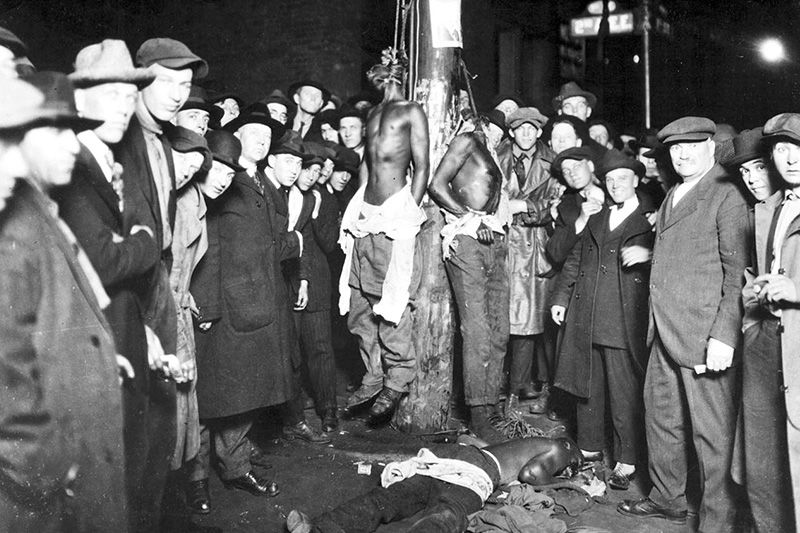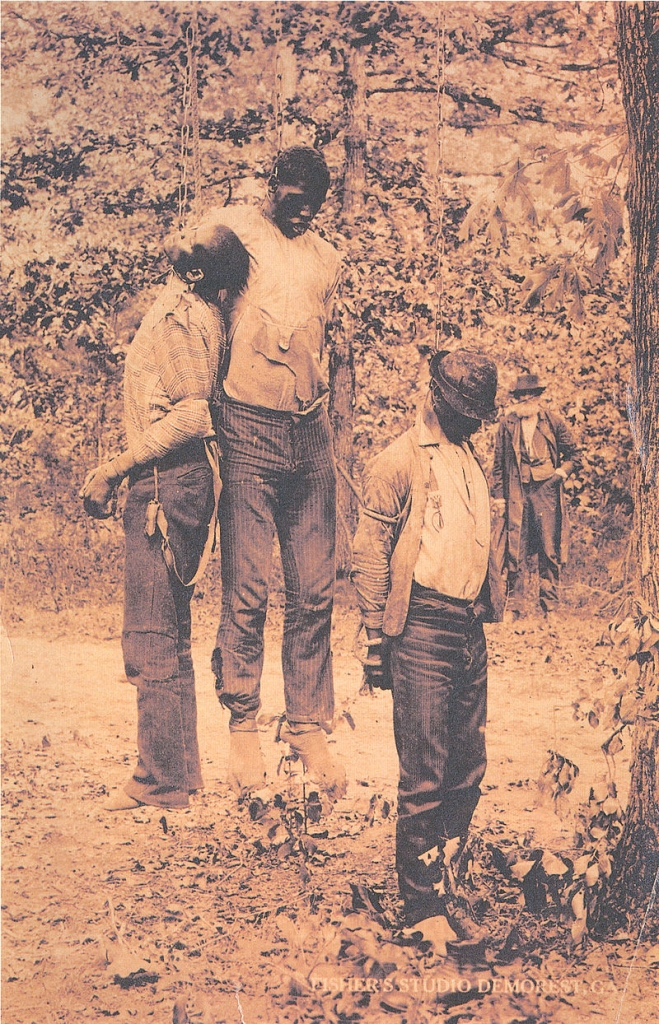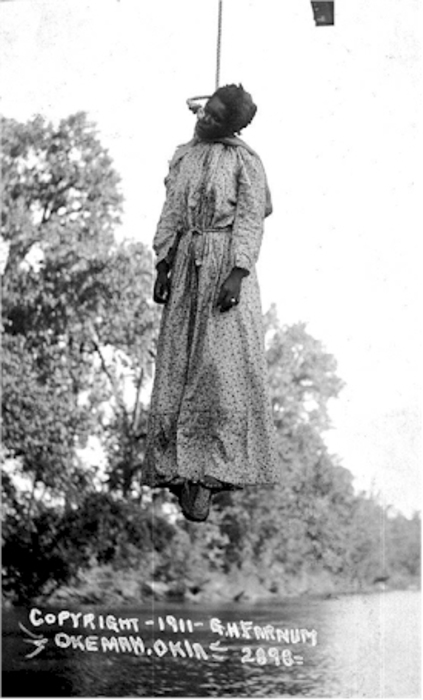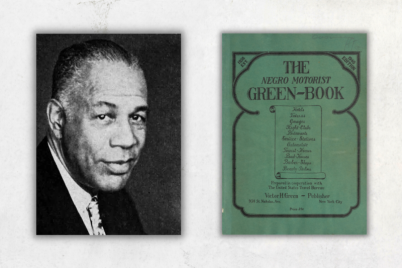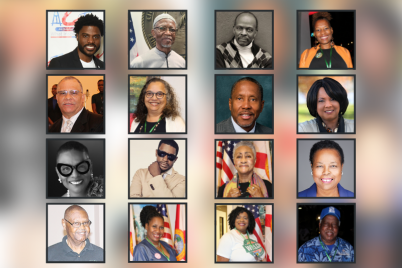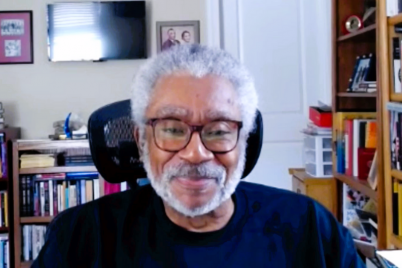Pictured here is a postcard of the 1920 Duluth, Minn., lynchings. Two of the victims are still hanging while the third is on the ground. Postcards of lynchings were popular souvenirs in the U.S.
BY FRANK DROUZAS, Staff Writer
ST. PETERSBURG – The OsherLifelong Learning Institute at Eckerd College held a virtual panel discussion on Tuesday about the history of racial terror lynchings in the United States. The discussion, moderated by Judge Charles Williams, coincides with the unveiling of the Lynching Memorial next Tuesday.
During the period between the Civil War and World War II, thousands of African Americans were lynched in the United States. Lynchings were violent and public acts of torture that traumatized Black people throughout the country and were largely tolerated by state and federal officials.
Such “terror lynchings” peaked between 1880 and 1940 as Pinellas County and even St. Pete was not spared from such terror against its citizens.
Attorney Jacqueline Hubbard, president of the St. Petersburg Chapter of Association for the Study of African American Life and History (ASALH), noted the during the Reconstruction, President Ulysses Grant was adamant in protecting the right to vote for African Americans, and sent federal troops to the South to ensure compliance. But after losing the Civil War over the institution of slavery, angry Southerners resorted to intimidation and violence to keep Blacks from voting.
“After the withdrawal of the federal troops,” Hubbard said, “a period of terror lynchings began in earnest. The reintroduction and enforcement of Jim Crow laws came up again. Institutionalized racial segregation continued in earnest throughout the South. White supremacy increased the violent and bloody process of public lynchings that lasted at least until the 1950s.”
Even after the landmark 1957 ruling of Brown v. the Topeka Board of Education deemed racial segregation in public schools unconstitutional, the Equal Justice Initiative has counted over 6,200 racial terror lynchings, Hubbard said, pointing out that at least four of these occurred in Pinellas.
Dr. Ray Arsenault, retired USF St. Pete professor and noted author, said historical records show that there have been at least three lynchings in St. Pete. At the time of the city’s beginnings in 1888, only one Black family lived in the town. But as the Orange Belt Railway came through, it brought 100 African-American workers who helped build the railroad.
Over a dozen of them stayed once the work was completed and this became the basis for the Black community. By the turn of the last century, about one-quarter of St. Pete’s population was Black.
“Relations, compared to what they were later, relatively peaceful although there was clear racial discrimination and separation,” he said.
The first lynching in St. Pete took place in 1905, and the victim was John Thomas, a young African-American man from South Carolina. On Christmas Day, police Chief James Mitchell arrested Thomas for disorderly conduct, and as he was taking him to jail, they had a fight that resulted in Thomas pulling out a knife and stabbing the chief to death. Thomas, considered an outsider and not really part of the young town’s Black community, was taken to jail, and it wasn’t long before a mob gathered there and demanded they be given Thomas to “exercise vigilante justice on him,” Arsenault said.
Mob members propped a ladder against the jailhouse, reaching to the second floor where Thomas’s cell was, and shot him to death through the window. But the mob’s bloodlust wasn’t satisfied. The growing mob broke open the doors, brought out Thomas’s body, and mutilated it — a common occurrence during lynchings, Arsenault explained.
“The body was mutilated, often burned at the stake, parts of the body were separated and sold as souvenirs,” he said. “It was a terribly gruesome ritual.”
The press hardly mentioned it, and it didn’t cause much of a stir. It seemed to be an anomaly, but nine years later, on Nov. 10, 1914, developer Edward Sherman, who employed 11 African-American workers to clear the land, was found shot to death. His wife, Mary, had been assaulted with a pipe and possibly sexually assaulted — or at least this was implied in the newspaper coverage of the day.
“They started roaming the Black community of St. Petersburg to find someone to blame for Edward Sherman’s death,” Arsenault said.
They fastened on John Evans, one of the laborers working for Sherman, who was from Dunnellon, Fla., in the central part of the state. He was another relative outsider as no one in the Black community really knew him. Since Evans had been fired three days before Sherman’s murder, citizens figured he was a prime suspect. They took Evans before Mrs. Sherman, who was in the hospital, and she said, “That’s not the man who killed my husband. That’s not the man who assaulted me.”
They let him go but when they searched the rooming house where he lived, they found bloody clothes and “that was the smoking gun for them,” Arsenault said. The mob seized him again, took him before Mrs. Sherman once more, and again she told them they had the wrong man.
The mob members spent hours torturing him, trying to coax a confession out of him, and when he refused, he was returned to jail. Since the city leaders were worried that the murder of a real estate developer from up north would frighten others from coming down and disrupt the rising tourist trade, they wanted to show that St. Pete firmly believed in law and order.
A group of city leaders secretly planned a lynching — it was no spontaneous gathering of a mob. They yanked Evans out of the jail, marched him down Central Avenue to Ninth Street and two blocks south to what was known as Cooper’s Quarters, one of two main Black neighborhoods.
“They put a noose around his neck; they strung him up on a telephone pole,” Arsenault said. “He was a gruesome, gruesome sight. There were probably as many as 2,000 people there, maybe more than half of the white population of St. Petersburg. As he wrapped his legs around the pole trying to save himself, a woman from a car pulled out a shotgun and shot him to death.”
But that didn’t satisfy the mob. For about 10 minutes, members of the mob that included even women and children, shot hundreds of bullets into the body. Afterward, they allowed the children to poke the body with pointed sticks. The St. Pete newspapers of the day justified the lynching because since the imputation was that Mrs. Sherman had been sexually assaulted, “all bets were off, you didn’t have to worry about law and order, you had to avenge the honor of the community,” Arsenault noted.
Ebenezer Tobin, another African-American worker who Sherman had fired along with Evans, was in a Clearwater jail when a mob tried to break in and lynch him. Tobin wound up getting a trial in the end and was executed in Oct. 1915 in the first public execution in St. Pete.
In 1926, petty thief Parker Watson was charged with multiple counts of purse snatching. As three policemen were taking him to the county jail in Clearwater, he was ambushed by several masked men who whisked him away in handcuffs. The masked men shot and killed him, but there is circumstantial evidence that they tortured Watson first by pouring carbolic acid on his face.
The press was outraged by this lynching and condemned it as a “detriment to the tourist trade, to the growth of the city,” Arsenault said, though there didn’t seem to be much sympathy for Watson himself.
These lynchings were used “to strike fear in the hearts of the Black community, to maintain the Jim Crow system and the social hierarchies and the racial hierarchies of the day,” Arsenault pointed out.
Black men weren’t the only ones who were targeted by lynch mobs, as women and children also suffered the same ghastly fate. Dr. Julie Armstrong, USF St. Pete, said groups that documented lynchings during the late 19th and early 20th centuries estimated that 4,500-5,000 lynchings were committed in the country.
About 80 percent of those were African-American men, primarily in the former Confederacy’s states. Of these numbers, only about 30 percent involved accusations of rape and most of those “were spurious at best,” she said.
Lynching is a form of violence that undergirded white supremacy, designed to keep African Americans in their then-perceived place at the lower end of a socio-economic hierarchy, Armstrong said, adding that the lynching of women and children “illustrates this point most clearly and most tragically.”
Though records are unclear, about 200 women were lynched in the United States, sometimes together with their children, such as Laura Nelson and her 14-year-old son L.D. in Oklahoma. He was accused of stealing, and she was accused of shooting the sheriff who came to look for her son.
“Or consider Mary Turner, killed in Valdosta, Ga., in 1918, for threatening to seek justice against the mob members who lynched her husband,” Armstrong said. “The men retaliated against her by torturing, hanging, burning and mutilating Turner and then removing and killing her eight-month fetus.”
Anti-lynching activists tried for decades to draw upon female and child victims’ stories to counter the myth that many lynchings are comeuppance for Black men sexually assaulting white women.
“They argued that lynching had less to do with punishing criminals than with maintaining white supremacy,” Armstrong said.
Turner’s story generated a massive outpouring of response from creative writers, artists, journalists and organizations such as the NAACP, who put Turner at the center of their 1922 Dyer Anti-Lynching Bill, which proposed to make lynching a federal crime.
The bill went down in defeat when Southern senators filibustered it to death, arguing that lynching was a legitimate form of punishing rapists. In 2005, the Senate apologized for its role in refusing to criminalize lynching — with eight Senators holding out.
Though the Association of Southern Women for the Prevention of Lynching was founded in 1930, the violence continued in the 20th century. The horrific murder of Emmett Till — a young Black boy lynched in 1955 in Mississippi for supposedly flirting with a white married woman — was another moment like Turner’s that galvanized the fight against lynching. Till’s mother held an open-casket funeral in Chicago so that the thousands of attendees could come face to face with what had really happened to him.
“Pictures of Till’s grossly disfigured body were published in Jet magazine and then circulated throughout the news media nationally and internationally,” Armstrong said. “Score of civil rights activists point to Till’s death as the wake-up call for themselves and for the nation.”
Yet as recently as 2019, an anti-lynching bill went through Congress, passing the House of Representatives but stalling in the Senate in 2020.
“As the Equal Justice Initiative works with local groups across the country, including those in the Tampa Bay area, to install historical markers that commemorate the lives lost, I want you to remember people like Mary Turner, Laura and L.D. Nelson, Emmett Till and Willie James Howard, and think about how important it is for us to tell the truth about our shared history and how important it is to keep seeking justice,” Armstrong said.
While visiting the National Memorial for Peace and Justice in Montgomery, Ala., a few years ago, Dan Boxser, Boxser Diversity Initiative in Sarasota, and his wife were horrified at the large monuments, each representing a victim of racial terror in a particular county.
It was there that they realized there had been six lynchings in their home of Sarasota-Manatee when it was still one county. The Boxser Diversity Initiative is a Sarasota and Manatee community remembrance project that Boxser established with other local advocates to bring awareness to this part of history.
“We had to find out if we had the support of the community,” he said. “So we circulated a support request — not for money — just to support a lynching marker to be in this area. One of our worries was that we were two counties –Manatee might not be interested if it’s in Sarasota and vice versa. And to say the least, the response was overwhelming. We’ve had over 300 pledges of support from individuals to all walks of our community and over 80 organizations, big ones, small ones.”
Andrew Walker, director of Health and Wellness for the National Senior Games Association, is a member of the local remembrance project Pinellas Remembers, an organization formed to create an appropriate memory and bear witness to the horrors of lynching in the community. Also known as the Community Remembrance Project Coalition (CRPC), its many partners and sponsors include the City of St. Petersburg, the Tampa Bay Rays and the Foundation for a Healthy St. Petersburg.
“The main impetus of the Equal Justice Initiative in working with coalitions,” Walker stated, “is to have the coalitions create wording and language that would be appropriate to give recognition in memory, and to bear witness to the loss of lives by individuals that were lynched in the local community.”
The CRPC involves students in essay and art activities, he pointed out, to deepen their understanding of the history of lynching in Pinellas and around the country. The coalition plans to unveil a marker in downtown St. Pete as a memorial for lynching victims on Feb. 23. More details can be found at pinellasremembers.org.

